BLOG
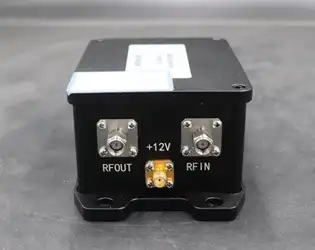
March 10, 2025
In the rapidly evolving landscape of wireless communication technology, signal integrity remains a paramount concern for system designers and engineers. Low Phase Noise Amplifiers have emerged as critical components that address this fundamental challenge by minimizing unwanted phase fluctuations in signal processing chains. These specialized amplifiers play an indispensable role in modern wireless communication systems where precision, reliability, and performance are non-negotiable requirements. From satellite communications to 5G infrastructure, Low Phase Noise Amplifiers serve as the backbone for maintaining signal clarity and fidelity across various applications. Their ability to preserve phase stability while providing necessary gain makes them invaluable in systems where even minor signal degradation can result in significant performance issues or data transmission errors.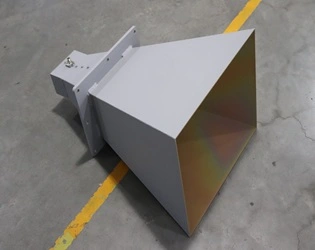
March 10, 2025
In the rapidly evolving landscape of wireless communications, the transition to 5G technology and the exploration of beyond-5G capabilities demand robust testing equipment and specialized antenna solutions. The Wideband Double-ridged Horn Antenna has emerged as a critical component in this technological evolution, offering exceptional frequency range coverage, high gain characteristics, and consistent performance across broad frequency spectrums. These antennas typically operate from frequencies as low as 0.2 GHz up to 40 GHz, making them ideally suited for the challenging requirements of modern wireless communications systems, including 5G networks and experimental beyond-5G applications. With their unique double-ridged design, these antennas provide the stable platform necessary for precise measurements, signal intelligence, and system testing that next-generation wireless technologies require.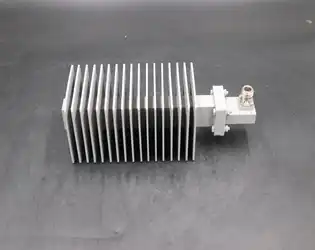
What is Waveguide Termination and Why is it Important in Signal Transmission?
March 7, 2025
Waveguide termination is a critical component in microwave and radio frequency (RF) systems that serves to absorb unwanted electromagnetic energy, preventing signal reflections and standing waves. These specialized devices are designed to match the impedance of the waveguide system, ensuring that signals reaching the end of a transmission line are properly absorbed rather than reflected back. In high-frequency applications such as satellite communications, radar systems, and telecommunications infrastructure, waveguide terminations play an essential role in maintaining signal integrity and system performance. Without proper termination, signal reflections can create interference patterns that degrade overall system efficiency and reliability, making these components indispensable in modern microwave engineering.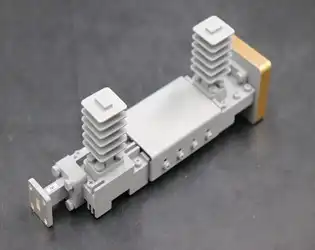
What Role Does a Waveguide Isolator Play in Preventing Signal Interference in High-Power Systems?
March 7, 2025
In today's advanced microwave and RF systems, signal integrity is paramount for optimal performance. High-power microwave systems are particularly vulnerable to signal interference, which can lead to degraded performance, equipment damage, and system failure. Waveguide isolators serve as critical components in these systems, acting as one-way streets for electromagnetic signals. They allow signals to flow efficiently in the forward direction while preventing reflected energy from traveling backward into sensitive components. This protective function is essential in maintaining system stability, extending equipment lifespan, and ensuring reliable operation in applications ranging from satellite communications to defense systems and telecommunications infrastructure.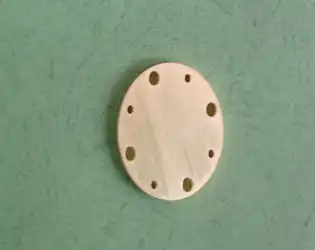
March 7, 2025
Waveguide shorts play a fundamental role in microwave engineering, particularly when it comes to creating standing waves and evaluating the reflection characteristics of waveguide systems. A Waveguide Short Plate is essentially a metal plate that completely blocks the waveguide cross-section, creating a perfect electrical short circuit. When electromagnetic waves encounter this short circuit, they are completely reflected back toward the source, resulting in standing wave patterns that engineers can measure and analyze. This behavior makes waveguide shorts invaluable tools for testing and calibrating microwave systems, as they provide a known reference reflection with a reflection coefficient magnitude of 1 (complete reflection) and a phase shift of 180 degrees. By measuring how signals interact with these shorts, engineers can characterize the impedance, loss, and other critical parameters of waveguide components and systems operating across frequency ranges from 1.72 GHz to 110 GHz.
Are there any limitations to the frequency range of Double Ridged Flexible Waveguide?
March 6, 2025
The Double Ridged Flexible Waveguide represents one of the most versatile components in modern microwave transmission systems, yet questions often arise regarding its frequency range limitations. These specialized waveguides have revolutionized signal transmission in complex environments, offering unprecedented flexibility without compromising performance. This comprehensive analysis explores the practical limitations that affect the operational frequency ranges of Double Ridged Flexible Waveguides, examining both the theoretical constraints and real-world applications that define their performance boundaries.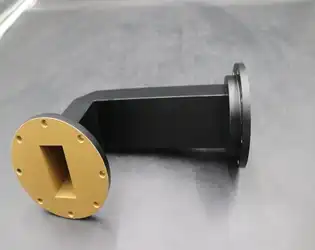
What is a Waveguide Miter Bend?
March 6, 2025
Waveguide Miter Bends are essential components for routing microwave signals in a variety of systems, including satellite communication, radar, and aerospace applications. These specialized waveguide sections allow for efficient redirection of electromagnetic waves without compromising signal integrity, making them indispensable for modern high-frequency operations. A Waveguide Miter Bend consists of a carefully engineered corner section that enables the waveguide path to change direction, typically at a 90-degree angle, though other angles are possible through customization. The precision engineering behind these components ensures minimal signal loss and reflection, maintaining the performance of the entire microwave system even as signals navigate complex routing requirements in tight spaces.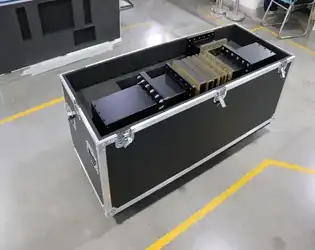
What are the Basic Principles Behind the Calibration of Waveguides Using These Kits?
March 6, 2025
Waveguide calibration is a critical process that ensures the accuracy and reliability of microwave systems across various industries. The fundamental principles behind waveguide calibration involve establishing known reference standards to correct for systematic errors in measurement systems. Waveguide Calibration Kits play an essential role in this process by providing precision components specifically designed to create these reference standards. These kits typically include short circuits, matched loads, and precision waveguide sections that allow technicians to perform various calibration techniques such as TRL (Through-Reflect-Line), SOLT (Short-Open-Load-Through), and other methods. By understanding and properly implementing these basic principles, engineers can significantly improve measurement accuracy, reduce signal losses, and enhance overall system performance in applications ranging from telecommunications to aerospace and defense.




